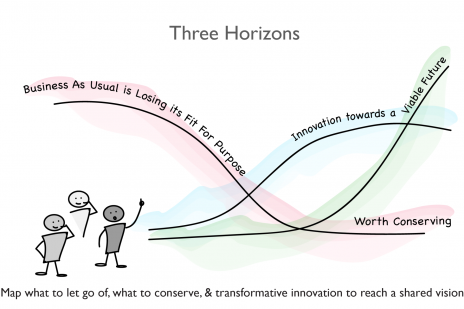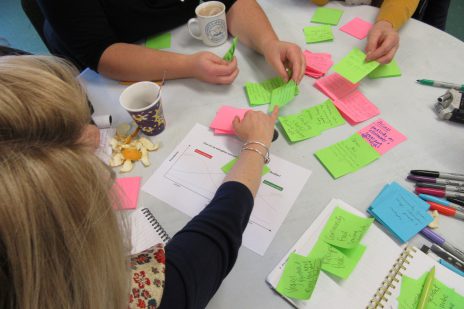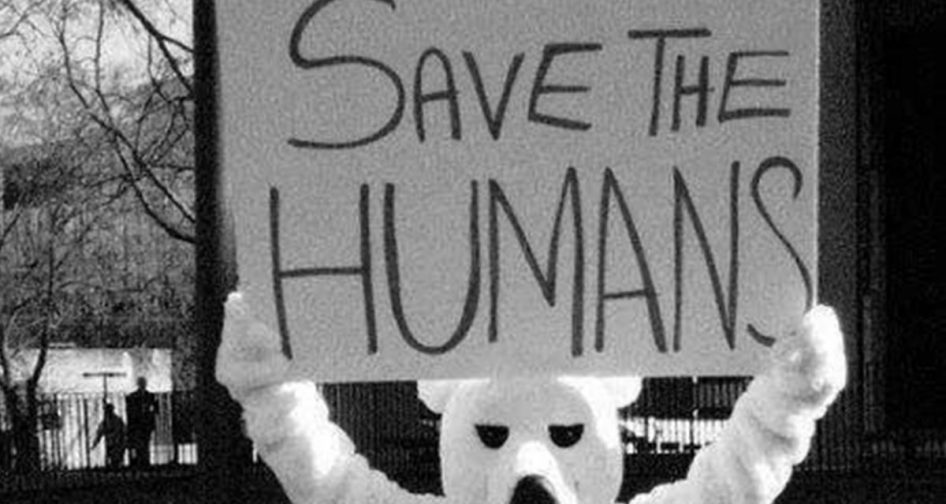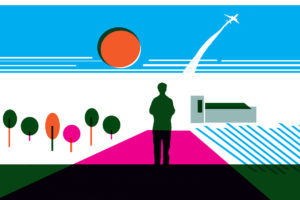Are the solutions we are designing around user needs worth the environmental impact they cause?
At Snook, we have been thinking about how service design can help shape a more sustainable society. So far our thinking has been outwards focussed; about climate change as something created ‘out there’, by other people. I’d like to now turn our attention inwards, to service design practice and the sustainability of our solutions.
We always put users and their needs at the heart of product or service development. But what if the needs we are designing for today, compromise the needs of future generations? Basic but vital requirements, like access to clean air, food and water. Speed and convenience are common user needs, yet often lead to unsustainable solutions that damage the environment and our health. Think disposable coffee cups, driving short distances, short-haul flights and next day delivery – creating toxic landfill sites, air pollution and carbon emissions.
Are the solutions we design around current user needs worth the environmental impact they cause?
As people become increasingly aware of climate change and pollution, the demand for sustainable services is likely to increase. There is a clear business case to be made for organisations anticipating these changes in user expectations and getting ahead of competitors by starting to implement changes that may take years to complete. Few people cared about disposable plastic packaging 5 years ago and now suppliers are playing catch-up to gain a competitive advantage.
The good news is that we know design has the potential to create more sustainable services and solutions. At Snook, we are experimenting with three ways to design for future user needs:
1. Design for the long term
In today’s society, we tend to focus on short-term benefits. We have a lot to learn from ancient civilisations who made decisions with future generations in mind. The Seventh Generation Principle was and still is, used by indigenous communities to weigh up the effect of decisions on people in the next seven generations. From personal decisions to governmental or corporate ones too. We are currently some way off this, with the example from Carolyn Raffensperger’s assessment of toxic waste from landfill sites predicting a negative impact for 10,000 generations to come.
Another great example comes from the Welsh Government, which introduced the Well-Being of Future Generations (Wales) Act in 2015. This provides a legal requirement for all public bodies in Wales to make sure decisions have positive, long term impacts. There is even a framework to help apply the Act to public services and a commissioner to hold the government to account for its decisions.
I have also been experimenting with Three Horizons tool for long term thinking, created by H3Uni. It is a great method for bringing groups of people together to discuss challenges with ‘business as usual’, define a desirable future and generate ideas that will act as stepping stones between the two. I used the tool as part of my dissertation to generate ambitious ideas for Dundee City Council’s Food Growing Strategy. It certainly broadened people’s thinking from short term challenges to longer-term aspirations, and helped prioritise actions we can take now to increase the chance of that future happening.


2. Understand the impact of our solutions
To design for future user needs, we need to understand the environmental impacts of the services we design and try to minimise them. We need data on the impact of our designs, which is not common practice at the moment. In fact, I’ve struggled to find examples of any services that do.
A leading example comes from the Scottish Government’s Digital First Service Standard and the Green ICT criteria. This requires all digital services developed by the Scottish Government to understand the environmental impact of the service over its whole lifecycle, and plan to reduce this over time.
Environmental impact assessment tools are commonly used in other industries. Such as the Triple Bottom Line which is used to balance the economic, environmental and social costs. I’ve yet to see this used in a service design project (but would love to be proven wrong!). Instead, I’ve participated in many concept prioritisation workshops that only consider the benefits of business costs and short-term value to the customer. If you’ve used an environmental impact assessment tool as a part of a service design project, we’d love to hear about it!
3. Expand human-centred design
Human-centred design has delivered great change in designing things around the people that use them not just the organisational needs. However, human-centred mindsets are an underlying cause of climate change. Our failure to appreciate how dependent humans are on ecosystems for basic services has lead to us destroying the environments we need to survive. Plus, animals are amazing and life would be very boring with just us humans.

Source, https://bit.ly/2UmyInP
‘All-living-things-centred design’ isn’t catchy but that’s what we should be aiming towards. We must consider the needs of all living things as stakeholders in our designs, both present and future. I recently spotted ‘the environment’ and ‘future generations’ on a stakeholder map at Snook.
Towards sustainable service design
As service designers, we are used to working in iterations and making improvements. The next iteration of service design must be to take responsibility for the impact of the things we design, for current users and future users in generations to come.
Are you experimenting with tools for sustainable service design or thinking about future user needs? We’d love to hear from you! We are keen to start a conversation about what more sustainable service design looks like and build a community to experiment with. If you are interested, join us!
